#black life
Text

Two ladies accompanied by a Pit Bull dog in a beautiful leather harness.
Lincoln Photographs. White glass negatives by African American photographer(s) John Johnson and Earl McWilliams from 1910 to 1925 in Lincoln, Nebraska.
667 notes
·
View notes
Text

Louis Bernstein | Blind Woman Reading Braille, New York, 1968
240 notes
·
View notes
Text

The Eerie Anonymity of a Show of African-American Portraiture at the Met
#antique aesthetic#black dark academia#vintage aesthetic#1940s women#1940s photography#1940s fashion#1930s style#vintage black photos#vintage black life#black history#black life#wartime era#mine
868 notes
·
View notes
Text
And his voice is a midnight I’d like to walk into forever
Dorothea Lasky, Black Life; from ‘How to Survive in this World’
792 notes
·
View notes
Text
Federal Agency Rejects Developer’s Report That Massive Grain Elevator Won’t Harm Black Heritage Sites
For the second time in six months, a federal agency reprimanded a Louisiana developer for failing to adequately assess the harm that its proposed $400 million agricultural development would cause to neighboring Black communities and historic sites.
In a forceful letter dated Dec. 23, the U.S. Army Corps of Engineers rejected claims by the developer, Greenfield LLC, that its massive grain transfer facility in St. John the Baptist Parish upriver from New Orleans will have “no adverse effects.” The Corps is considering a permit application by Greenfield to build on federally protected waters and has the power to halt the project.
That new report, which the Corps received in November, did not address the agency’s demand that the developer conducts a more complete assessment of how the project could damage historic sites and harm residents of nearby towns, according to the Corps’ December letter.
“The report,” the letter reads, “just doesn’t demonstrate adequate engagement, and that must be rectified.”
A Greenfield spokesperson said our team of respected expert consultants and have done thorough evaluations to consider any and all potential impacts. The statement said Greenfield takes seriously its responsibility to provide regulatory agencies with accurate and complete information consistent with the regulatory requirements.
The Corps’ letter criticizes Greenfield and its contractors for failing to meaningfully consult with people whose lives would be impacted by the dozens of looming grain silos, new rail, truck, and shipping traffic, and pollutants from the facility. It says Greenfield and its consultants have not done enough to account for how the development project might harm communities of color, a requirement under federal environmental justice standards.
“It’s very disappointing that they would continue to double down on the report, that they are still saying there will not be any detrimental effects,” Erin Edwards, who blew the whistle on the earlier report, told ProPublica in a recent interview.
“It’s very disappointing that they would continue to double down on the report, that they are still saying there will not be any detrimental effects,” Erin Edwards, who blew the whistle on the earlier report, told ProPublica in a recent interview. Edwards co-authored the first version of the information when she worked as an architectural historian for Gulf South Research Corporation, the for-profit cultural resources, and archaeological consulting firm hired by another of Greenfield’s consultants to conduct a federally required assessment of historical sites.
Edwards resigned in late 2021 after her report was stripped of every mention of possible harm to communities or cultural properties, including her conclusion that the area surrounding the development should be listed as a historic district because of its connection to histories of slavery. In internal Gulf South emails obtained by ProPublica, a company manager wrote that it would lose its contract for the report — and could lose future work — if it didn't change the findings.
“Gulf South knew all along that the project would harm the historic plantations there, and they knew that it would hurt the area as a whole,” Edwards said. “There’s no way to look at the evidence and not see that it’s going to be detrimental.”
The Greenfield grain facility has been the target of sustained pushback from nearby communities, civil and human rights groups, and historic preservation organizations, as well as from other federal agencies, including the Advisory Council on Historic Preservation, which oversees national preservation policy. The land where the development is planned sits beside the Whitney Plantation Museum, which serves as a memorial to enslaved people in Louisiana. One plot of land down the river is another unusually well preserved plantation designated as a National Historic Landmark.
To read the ProPublica Report, you can find the complete publication by clicking here and going directly to the information by visiting their site.
#black pride#black history#black lives matter#blacklivesmatter#black stories#black life#black history month#black history matters#civil rights#civil rights movement#race and politics#critical race studies#slavery#slave trade#slave owner#naacp#aclu#southern poverty law center#plantation#polution#grainhandling#grain drying#historical sites#communities of color#black families#new orleans#louisianna#historic sites#gulf south#advisory council
77 notes
·
View notes
Text
STAT: In counties with more Black doctors, Black people live longer, 'astonishing' study finds
Black people in counties with more Black primary care physicians live longer, according to a new national analysis that provides the strongest evidence yet that increasing the diversity of the medical workforce may be key to ending deeply entrenched racial health disparities.
The study, published Friday in JAMA Network Open, is the first to link a higher prevalence of Black doctors to longer life expectancy and lower mortality in Black populations. Other studies have shown that when Black patients are treated by Black doctors, they are more satisfied with their health care, more likely to have received the preventive care they needed in the past year, and are more likely to agree to recommended preventive care such as blood tests and flu shots. But none of that research has shown an impact on Black life expectancy.
The new study found that Black residents in counties with more Black physicians — whether or not they actually see those doctors — had lower mortality from all causes, and showed that these counties had lower disparities in mortality rates between Black and white residents. The finding of longer life expectancy persisted even in counties with a single Black physician.
“That a single Black physician in a county can have an impact on an entire population’s mortality, it’s stunningly overwhelming,” said Monica Peek, a primary care physician and health equity researcher at UChicago Medicine who wrote an editorial accompanying the new study. “It validates what people in health equity have been saying about all the ways Black physicians are important, but to see the impact at the population level is astonishing.”
“This is adding to the case for a more diverse physician workforce,” said Michael Dill, the director of workforce studies at the Association of American Medical Colleges and one of the study co-authors. “What else could you ask for?”
Lisa Cooper, a primary care physician who directs the Johns Hopkins Center for Health Equity and has written widely on factors that may explain why Black patients fare better under the care of Black doctors, called the study “groundbreaking” and “particularly timely given the declining life expectancy and increasing health disparities in the U.S. in recent years.”
“These findings should serve as a wake-up call for health care leaders and policymakers,” she told STAT.
The team of researchers, from the Health Resources and Services Administration of the U.S. Department of Health and Human Services and the AAMC, started their work by analyzing the representation of Black primary care physicians within the country’s more than 3,000 counties during 2009, 2014, and 2019. Even this first step resulted in a stark finding: Just over half of the nation’s counties had to be excluded from analysis because they contained not a single Black primary care physician.
“I knew it was a problem,” said Dill, “but ooh, those numbers are not good.”
The team’s analysis of the 1,618 counties that had at least one Black primary care physician in one of the three years found that the more such physicians a county contained, the higher life expectancy was for Black residents. (They’d like to repeat the analysis in the future to see how counties with Black doctors fared during the Covid-19 pandemic, which disproportionately affected people of color.)
The team found life expectancy increased by about one month for every 10% increase in Black primary care physicians. While extending life by a few months may not sound like much given that the life expectancy gap between Black and white Americans nationally is nearly six years, picking up such a signal on a population level is significant, the authors said.
The study found that every 10% increase in Black primary care physicians was associated with a 1.2% lower disparity between Black and white individuals in all-cause mortality. “That gap between Black and white mortality is not changing,” said John Snyder, a physician who directs the division of data governance and strategic analysis at HRSA and who was one of the lead authors. “Arguably we’ve found a path forward for closing those disparities.”
The study did not directly address the reason Black people fare better in counties with more Black physicians, nor does it prove a cause-and-effect relationship. While earlier research suggests “culturally concordant” medical care is of better and higher quality for patients, the new study indicates that one factor may be that Black physicians are more likely to treat low-income and underinsured patients, taking on new Medicaid patients more than any other racial or ethnic group, for example. The study found that improvements in life expectancy were greatest in counties with the highest rates of poverty.
“I wasn’t expecting that,” said Rachel Upton, an HHS statistician and social science analyst who was one of the report’s lead authors. “It shows having Black physicians is not only helpful across the board, but it’s particularly useful with counties with high poverty.”
Many studies have found that communication is improved when patients and physicians are of the same race. Owen Garrick co-authored a 2019 study in Oakland, Calif., finding that cardiovascular disease could be curbed more in Black patients who are seen by Black doctors because they are more likely to engage in preventive health care. He noted during his study that Black patients were not only more likely to talk with Black doctors about subjects like upcoming birthday parties or weddings, they were also more likely to invite them to the events.
But good communication is not the only factor: A 2020 study found that in infant care, where verbal communication from the doctor is not an issue, mortality rates for Black infants were reduced when they were treated by Black physicians; the authors suggested stereotyping and implicit bias may play a role when doctors treat patients outside their racial and ethnic groups.
The current study looked past the patient-doctor relationship and showed that patients may fare better simply by living in counties with Black doctors even if they are not directly treated by those doctors. Living in a county where Black doctors work and thrive “may be a marker for living in a community that better supports Black lives,” Snyder said.
Another factor, said Peek, is that Black physicians may be more likely to do unpaid health-related work outside of the health care system, such as providing expertise to community organizations, being politically involved in health-related matters, and encouraging medical societies to advocate for public health.
That’s the case with Peek, who has spent two decades working with a nonprofit that helps Black women in public housing become health navigators and advocates. She also spends a good deal of time providing a second opinion to her network of friends and family — and their friends and families — who do not personally know any physicians and may have issues of mistrust with the medical system.
“With my non-Black colleagues, it’s like ‘Both my parents were doctors! Everyone’s a doctor!’” she said. “Their social network is not all paranoid when they enter the health care system.”
She said the study also pointed to problems with racism within medicine and bias toward Black patients that has created a “chasm” between non-Black physicians and their Black patients. She’s struck, she said, by the number of Black people who come up to her after she speaks at a local church to give her their detailed medical history and ask her opinion because they don’t trust their own medical team. “I look like them,” Peek said. “They trust I have their best interest at heart.”
The authors of the new paper said they were not advocating segregated care and all doctors should improve their cultural competency. Patients of all races and ethnicities would be helped by increased diversity in the physician workforce, they said.
But increasing the number of Black physicians remains a stubborn problem. Despite decades of attention to the matter, a 2021 study showed the number of Black and Native American medical students, particularly males, has stagnated. The AAMC has reported a recent uptick in admissions of Black medical students, possibly due to a renewed focus on diversity in recent years, but an upcoming Supreme Court decision expected to limit the use of race as a factor in admission could cut into such gains.
The current study did not address how the presence of physicians from other groups underrepresented in medicine, including Hispanic and Indigenous people and Pacific Islanders, affects health outcomes. Upton said she hoped other researchers could focus on such groups in the future and that more researchers would conduct “within group” studies to examine the health of people within a single racial or ethnic group and not just examine how such groups compare to other, usually white, populations.
“Oftentimes we just look at the disparities,” she said. “I would like people to be looking at how people are doing within their own groups and what can help within those groups.”
#Black Doctors#Black Life#Black Healthcare#In counties with more Black doctors#Black people live longer#Black Healthcare with Black Doctors
5 notes
·
View notes
Text
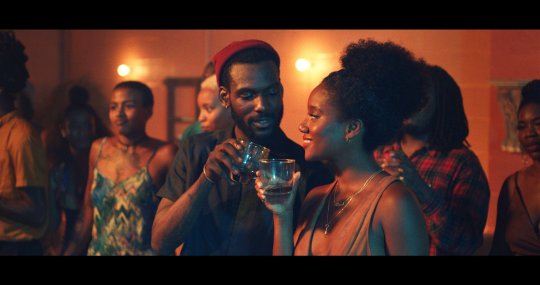


Really Love (2020)
Really Love was a really wonderful movie. Shot beautifully and gave DC it's true beautiful culture on display. Speaks to why I moved. Lovely movie and cast. Calm love story that we all can relate to. This Black film will be an add to your collection
4 notes
·
View notes
Text
Just sad
I'm just sad I don't want to do anything I don't want to see anyone I don't want to talk to anyone I just want peace and quiet and to feel good I don't want to be foggy and have a racing heart anymore my chest hurts as if my heart is about to burst out my face feels numb I can't feel my hands everything is spinning and I just want it to stop I sweat so much that no one can stand being next to me because I smell bad I don't go out anymore because when I'm outside I only care if other people can see how I feel I wish I had a different life I feel sick I've only consumed nicotine and alcohol all day a never-ending cycle with heart pain I laugh at everyone and hope that no one asks me a question that could embarrass me the evening before I think about tomorrow and consider what I'm going to say and how I'm going to behave no one can understand it no one can put themselves in my shoes and every day I wish I would just drop dead and it would be over but I know that many people kill themselves with my diagnosis And that's one reason not to do it. I want to be stronger than them even when they finally have peace. So what's the point of fighting? I love these feelings and I hate them because when I feel them I know that my feelings aren't gone. Being numb is worse because then you don't care about anything and you do things to yourself as if you were intoxicated but it's not the drugs, it's just your mind going crazy and you can only become sober when the cycle is broken and your mind no longer focuses on the negative.
#depressing shit#tw depressing stuff#deppressed#depressing life#tw depressing thoughts#this is depressing#i dont know#anxi4ty#anxitey#why me#deaf#kill my mind#kill my life#kill my thoughts#kill my feelings#sorry for being depressing#thoughts#my toughts#black life#fuck my life#reading
3 notes
·
View notes
Text

girl 6 (1996)
7 notes
·
View notes
Text

Amanda Smith, an African American woman employed in the Long Beach Plan of the Douglas Aircraft Company, standing on a ladder and holding a pair of pliers up to an airplane part
169 notes
·
View notes
Text
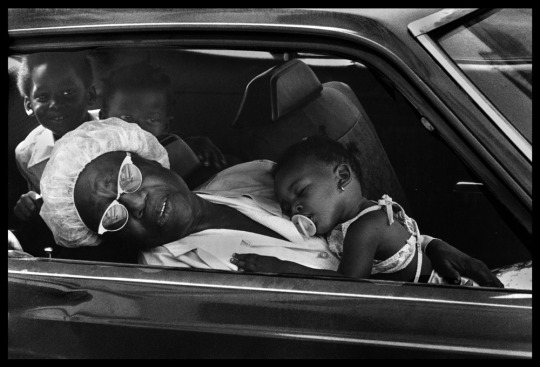
Josephine Sacabo | Grandma, Date Unknown
205 notes
·
View notes
Text
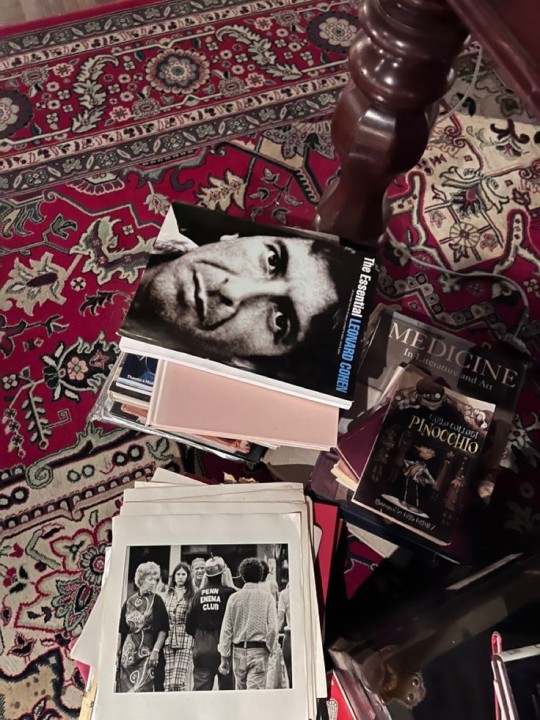




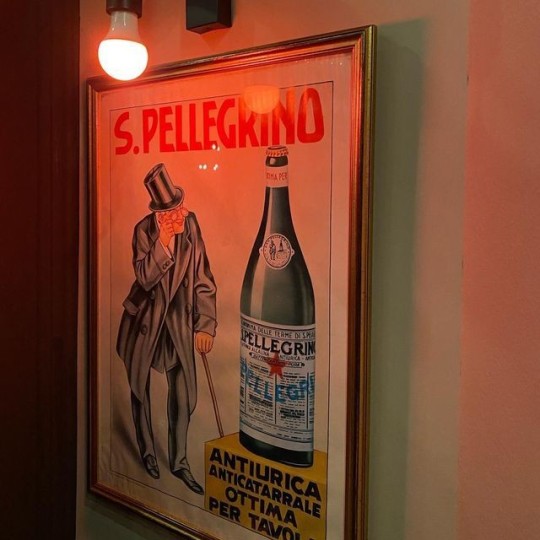


#music#alone in the dark#dark aesthetic#home alone#photoart#black art#black life#art#cinema#jazz#jazz music#books#al pacino
2 notes
·
View notes
Text

Dorothea Lasky, Black Life; from ‘Poem to my Ex-Husband’
409 notes
·
View notes
Photo

Thinking While Black
This election definitely had me thinking these past couple of days, weeks, months.
Thinking is also one of the acts of resistance I illustrated and published in my new book, Living While Black, out November 22: https://bit.ly/LWBlack.
This book began as a personal response to the Black Lives Matter protests in 2020. Living While Black denounces the excessive surveillance, harassment, and violence aimed at Black folks engaged in the activities of everyday life and celebrates the courage and resilience of the Black community.
Living While Black also features a foreword from Alicia Garza, BLM founder and principal at the Black Futures Lab. I hope you will check it out.
#thinking#thinking while black#living while black#black life#black lives#black lives matter#ajuan mance#black art#black artists#black artists on tumblr#black comics#black community#digital art#new book#resistance#acts of resistance#alicia garza#black futures lab#yellow
9 notes
·
View notes
Photo
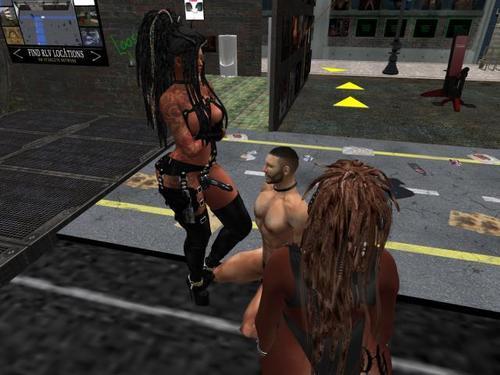
we been through this about your chores whore....now open wide like a good bitch!
14 notes
·
View notes
Text
Estamos volviendo a caer en El MISMO agujero negro del que en algun momento logramos salir... Solo que ahora se ve mas profundo y mucho mas oscuro
3 notes
·
View notes